Why Design Thinking unleashes Creative Confidence
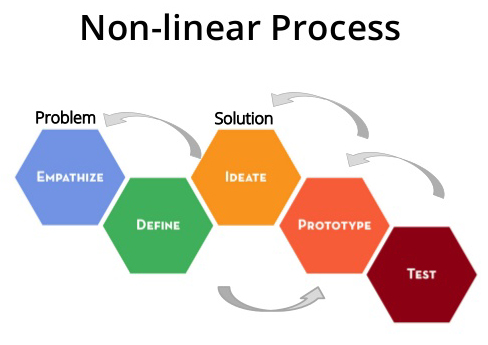
Design Thinking (DT) is a non-linear process that causes creating conditions that significantly increase the chances for radical innovation or powerful new solutions to occur.
Value = Why / How
You will get more value from DT if you know why it works.
Design is not just what it looks like and feels like. Design is how it works. To create genuine value and a competitive edge, design includes the interface: the mechanics of the service/product and the needs, tasks, or problems of the people using the product/service.
It includes any combination of physical or digital UI. Mechanics can include the logic and business rules that govern a product/service. Thus, design involves systems, complexity and the skills of multiple disciplines.
DT is not magic, not a silver bullet, but a method. It takes understanding and being aware of where you are in the process, what your goals are, and to know which methods to use at any given stage.
The magic appears when a team can become greater than the sum of its parts, leading to customer delight through new and seemingly magical products/services that anticipate their needs before they even knew they had them.
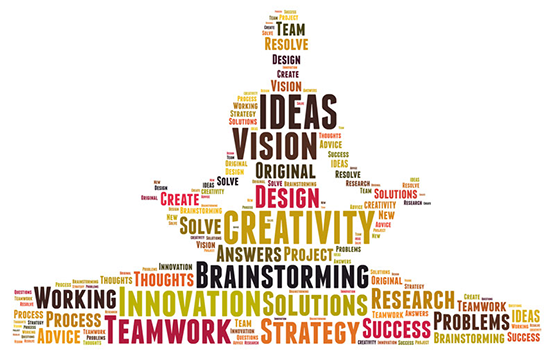
Does DT enable magical powers in your organization?
1. Unyielding Focus on Human Beings
At its heart, DT is about human-centered design, where empathy is the 1st step. Focus on the customer (or user) and understand them, their goals, as well as the context and environment they are operating within. While data is both important and awesome, you need to go to and meet them to build empathy and understand their needs.
As an iterative process, you will repeatedly build prototypes to show potential end-users and refine your solutions based on what you learned, repeating as needed.
2. The Power of Serial Thinking
Research showed when people create, there are two types of thinking that are used: divergent thinking and convergent thinking. In divergent thinking, people imagine new ideas, consider alternative possibilities and go beyond convention. Convergent thinking is where you judge ideas, critique possibilities and consider feasibility. The former expands possibilities, the latter reduces possibilities.
The problem is that through education and maturation, people begin to do both at the same time. Researchers concluded that this mental multitasking of divergent and convergent thinking decreases creativity.
Therefore, each step in the DT process focuses on activities that use either divergent or convergent thinking. It encourages exploration and evaluation through the physical manipulation of physical objects, and play. This approach significantly increases one’s creative abilities.
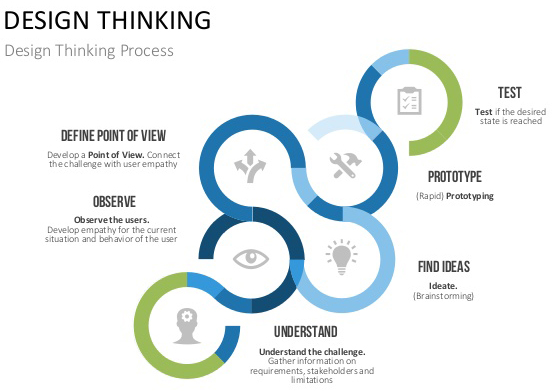
3. The Sum Is Greater Than Its Parts
Research showed that “a multidisciplinary team whose members work together from start to finish” is essential to success. These may include designers, engineers, product management, suppliers, marketing or sales and others with needed skills or expertise in the field, plus members of those groups directly affected by the proposed changes.
By looking at the problem and the solution through multiple lenses, ideas are not only generated but also built upon.
4. Unleashing Creative Confidence
Less than 25% of the population considers themselves creative. Using DT, individuals not only practice to separate divergent from convergent thinking, but become also more creative through active participation in both aspects.
As their creative confidence increases, practitioners of DT feel freer to push even further when generating ideas and imagining new possibilities, developing even greater levels of creative confidence. By making you feel more creative, DT enables you to become more creative.
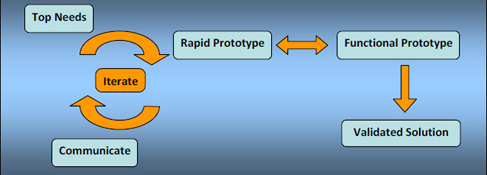
5. Take Action
It is beneficial to “fail fast in order to succeed sooner.” The sooner you can show an idea to potential users, the sooner you will know if you are on the right track or not. If not, it is better to learn that quickly and move on.
DT has a bias towards action. It is better to learn just enough through Empathy so as to understand the problem, and then move forward quickly with as little investment in time and resources as possible to build a prototype and show it to users for feedback.
Getting to a great design requires more iterations through the whole process than time spent on each cycle. As you keep iterating, you will hone in on the right solution, and with each pass, you will have an opportunity for refinement.
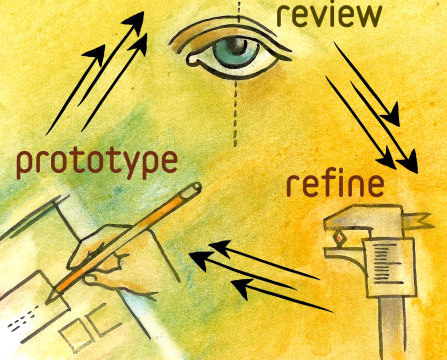
6. (Re)Frame the Problem
Since customers rarely know what they want, repeatedly building prototypes and demonstrating them, you can learn about users’ deeper needs and find ways to meet them.
You probably need to reframe the problem, over and over as needed, to better match the needs of your users.
In the past you started with a problem statement that is assumed to be correct, and you keep working from that. Now, the team knows the least it ever will about the problem and the people they are working on a solution for.
With DT, you imagine a future state based on the problem. With each stage in the process, you can change your idea or prototype through reframing and redefining the future state you are trying to achieve. It is through reframing that big ideas and innovative breakthroughs usually happen.

Summary
Why DT works is: an unrelenting focus on human needs, allowing a radically collaborative cross-disciplinary team to learn, and reframe the problem through the use of an iterative process biased towards action while building creative confidence. Then magical things will happen.
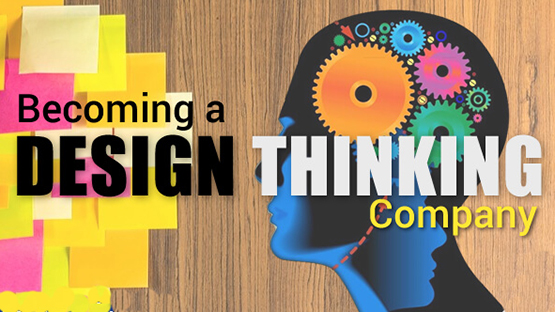
How to become a design-thinking company?
To become a DT company you would need to make your organizational culture more customer-centric and collaborative. You must include cultural measures like efficiency, internal engagement and the most important one is employee satisfaction. Likewise, you would need to focus on financial measures like product quality measures, sales and productivity and customer satisfaction.
You can achieve this by introducing various methods of problem solving and finding ways to discover what are the true needs of people. It is very crucial here to note that design-led companies, such as Nike, IBM and Apple often outperform the overall market by a considerable margin.
Furthermore, you would need to make a long-term investment in training, support, and design architecture.
The key benefit that DT brings to a company is better decision-making when developing products & services, resulting in an ever-improving financial bottom line.